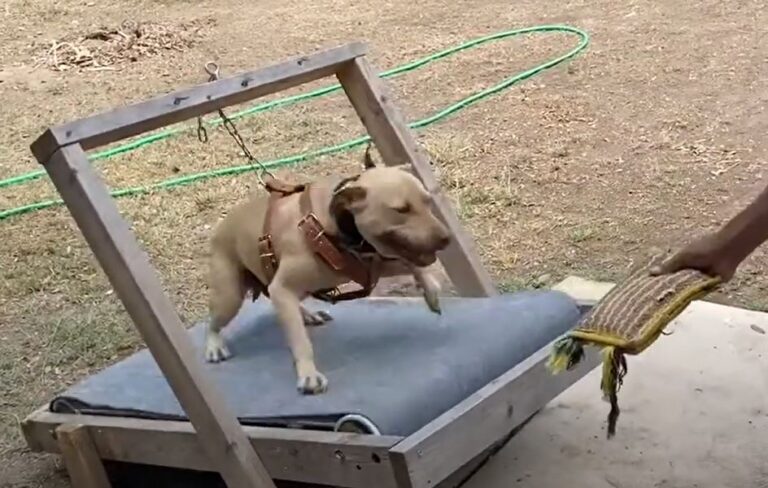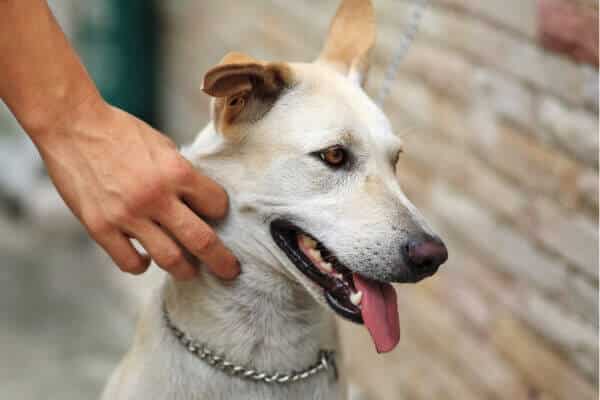Can A Male Dog Penetrate Or Mount A Female Not In Heat?

Have you ever caught your male dog behaving oddly around a female that’s not in heat and wondered what’s going on in his furry head? It’s a puzzle, isn’t it? But don’t worry, you’re not alone in this. Today, let’s unravel this mystery together and understand what drives such behaviors in our canine friends.
Jump to Section
Why Do Male Dogs Do mount or try to penetrate a female not in heat?
First things first, let’s talk about why a male dog might try to mount or even penetrate a female who isn’t in heat. You see, dogs, much like us, are complex beings. Their actions aren’t just driven by instincts; there’s a whole lot of psychology and social dynamics at play. When a male dog does this, he could be expressing dominance, playing, or sometimes, he might just be curious. It’s not always about reproduction.
Read Also: Do Dogs Still Bleed After Mating? Everything You Need To Know
1. The Role of Hormones
Let’s first understand the hormonal backdrop. Hormones like testosterone play a huge role in a dog’s behavior, influencing everything from aggression to sexual activity. In male dogs, heightened testosterone levels can trigger mounting behavior, which is often mistaken as purely sexual.
Hormones are big players in how dogs behave. Testosterone, which is the main male hormone, can influence a wide array of actions in male dogs, including their interest in females, regardless of their heat status.
However, it’s crucial to realize that mounting, even in the presence of these hormones, isn’t always about reproduction. Dogs, like us, have complex behaviors influenced by a myriad of factors. For instance, a male dog might mount a female not in heat as a display of dominance or even just playfulness. It’s their way of navigating the social hierarchies in the dog world. This takes us to the next section.
2. It’s Not Just About Sex
Contrary to popular belief, when a male dog mounts a female not in heat, it’s not solely driven by sexual desires. Younger dogs often mount as a way to play or to explore their environment and social standings. It’s a bit like children playing house; they’re mimicking behaviors they observe, trying to make sense of their world.
You might be surprised to learn that this behavior is often about asserting social dominance, engaging in play, or just exploring their environment.
3. Social Play
Play is a crucial part of a dog’s social life, and mounting can be a part of this. Young dogs, especially, use mounting as a way to interact with others and learn about social cues. It’s like their version of a handshake or a high-five.
4. Stress and Excitement
Dogs also mount when they’re excited or stressed. It’s a way for them to release energy or cope with their emotions. Think of it as a stress ball for dogs.
5. Playful Interaction
Mounting can also be a form of playful interaction. Dogs use it as a way to engage with their peers, similar to how they play-fight. It’s an integral part of their social development, helping them learn how to interact with other dogs respectfully.
6. Asserting Dominance
In the dog world, hierarchy is everything. Sometimes, a male dog will mount a female to show that he’s the alpha or to test his standing in the pack. It’s not about mating but establishing social order. I will delve more into this in the next section.
The Social Ladder in the Dog World
Yes, there’s a social ladder among dogs, and mounting can be a way for them to climb it. Dogs use physical actions like mounting to establish dominance or to figure out where they stand in their social group. It’s their way of saying, “Hey, I’m the boss around here,” or sometimes, “Okay, I get it, you’re in charge.”
Dogs, much like their wolf ancestors, are social animals with a clear hierarchy within their groups. This social structure is essential in understanding why male dogs sometimes mount females not in heat. It’s not just random behavior; it’s deeply rooted in their social dynamics.
In a dog’s world, mounting is often a way of expressing dominance. It’s a dog’s method of saying, “I’m the leader here.” But it’s not always about power; sometimes, it’s just a way to establish social order and understand each other’s place in the pack.
Reading the Room
As a pet owner, it’s important to recognize the difference between playful mounting and dominance-driven behavior. The former is usually more relaxed and brief, while the latter can be more forceful and prolonged.
Intervention When Necessary
While some level of mounting is normal, it’s crucial to intervene if it leads to aggressive behavior or if the other dog shows signs of distress. Understanding when to step in and guide your dog’s behavior is key to maintaining harmony in multi-dog households.
Socialization is Key
Proper socialization from a young age can help mitigate excessive mounting behavior. Introducing your dog to various environments, dogs, and people will help them learn appropriate social behaviors and cues.
The Role of the Owner
You, as the owner, play a pivotal role in shaping your dog’s social behavior. Consistent training, positive reinforcement, and setting boundaries can help your dog understand their position in your ‘human pack’ and reduce unwanted mounting behavior.
What About Neutering?
You might be wondering if neutering your male dog would change this behavior. Well, it can, to some extent. Neutering can reduce the levels of testosterone, which in turn might lessen behaviors driven by this hormone, such as mounting. But remember, it’s not a magic fix. A dog’s behavior is a cocktail of biology, environment, and experiences.
Reading Your Dog’s Body Language
As a dog owner, you’re also a bit of a detective. Paying attention to your dog’s body language is key. Is he showing signs of stress, or is he just playing around? Understanding these cues can help you manage situations where mounting might become problematic.
Debunking the Myths
There are quite a few myths floating around about dog behavior. One common misconception is that mounting is always a sign of a dog trying to dominate. But as we’ve seen, it’s not that black and white. Dogs are complex, and so are their behaviors.
Conclusion
So, the next time you see your male dog interacting with a female not in heat, remember, it’s not just about mating. It’s a complex dance of hormones, psychology, and social cues. And as their human, it’s our job to understand these nuances and help our furry friends navigate their world.
Related Articles
Read related posts about





